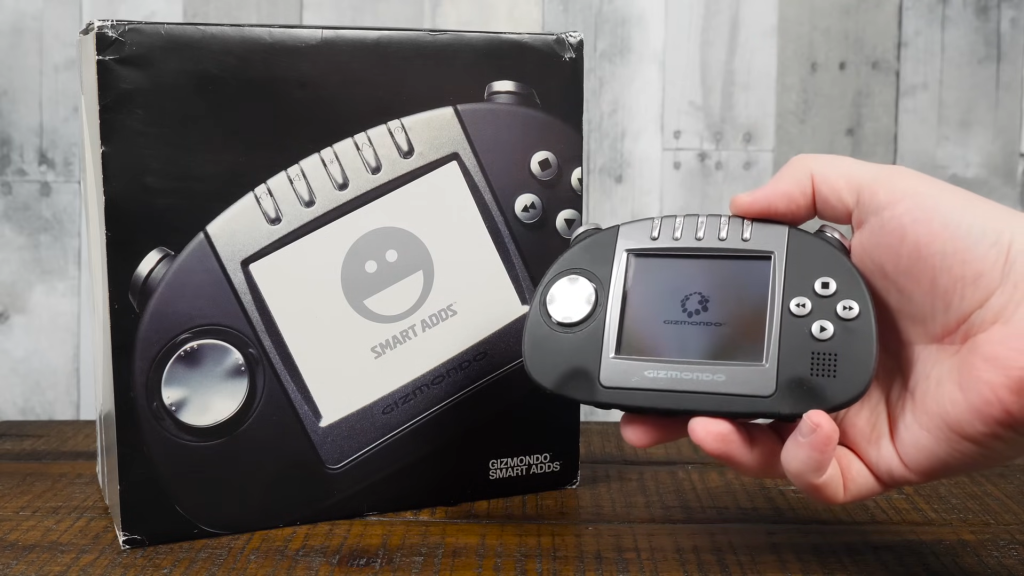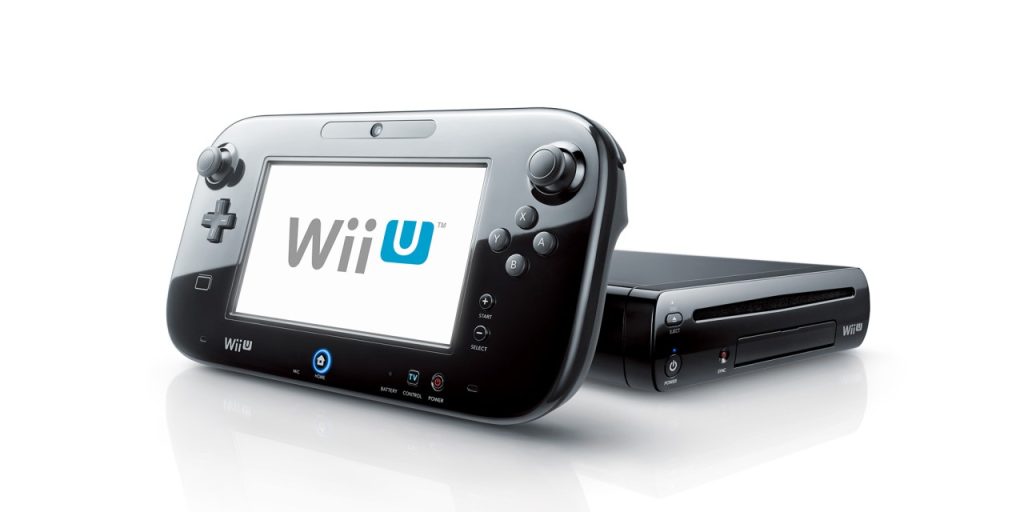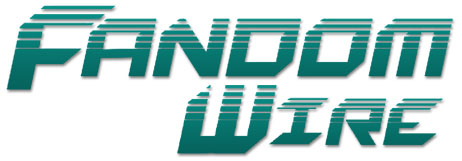In the mid-2000s, Tiger Telematics brought forward a contender in the handheld gaming market: the Gizmondo. Made as an ambitious alternative to Nintendo’s Game Boy and Sony’s PSP, it promised users a multi-functional device equipped with gaming capabilities, a camera, GPS, and PDA functions.
 It seems very goofy looking at it today. | ImageCredit: @LGR/YouTube
It seems very goofy looking at it today. | ImageCredit: @LGR/YouTubeBut behind the promises and the marketing, there was a big problem hiding. With news of financial mismanagement, subpar design, and shocking criminal ties, the Gizmondo went from a hopeful challenger to one of the gaming industry’s greatest flops, ultimately sinking Tiger Telematics into $300 million of debt.
Tiger Telematics tried to beat Nintendo but it blew up in its face
 Game Boy, DS, and Wii are some of the most successful consoles. | Image Credit: Nintendo
Game Boy, DS, and Wii are some of the most successful consoles. | Image Credit: NintendoDeveloped by Tiger Telematics, the Gizmondo was unveiled in 2005 as a multipurpose gadget aimed at dethroning Nintendo’s dominance in the gaming console market. It boasted impressive features for its time, including a built-in camera, GPS, and multimedia playback, all packed into a sleek, bean-shaped device.
The worst console that I’ve ever spent my money on? The #Gizmondo! Lasted 11 months on the market. Still own it, although the plastic case is sticky as hell!#RETROGAMING pic.twitter.com/PIFwvl50Ke
— Kode-Z (@Musical1250) February 6, 2024It came in two versions: a $400 standard model and a $229 ad-supported version, the latter relying on GPS-enabled ads. The ad-supported version never activated its GPS-driven advertising feature, rendering the price difference moot. The device was sold in limited regions such as the U.S., U.K., and Sweden and struggled to gain traction, moving less than 25,000 units globally (via Inverse).
The Gizmondo’s design was both its strength and its downfall. While many users found it comfortable to hold, the device was plagued by issues like sticky, deteriorating materials and a lackluster gaming library. It launched with just 14 games, most of which were poorly reviewed. Many games were buggy or outright bizarre, with names like Sticky Balls becoming the butt of jokes.
The console itself wasn’t the sole reason for its failure
 PlayStation wasn’t slacking either. | Image Credit: Sony
PlayStation wasn’t slacking either. | Image Credit: SonyAnother point of contention for Gizmondo’s story was the shady backgrounds of some of its key figures. Eriksson, a former car thief with links to the Swedish mafia(via Eurogamer), became infamous for his involvement in questionable financial dealings. The scandal peaked in 2006 when Eriksson crashed a rare Ferrari Enzo while driving at 162 mph on California’s Pacific Coast Highway, a bizarre incident he blamed on a non-existent “German man named Dietrich.”
The Gizmondo is a handheld gaming console developed by Tiger Telematics and released on March 19, 2005. Despite extravagant promotion, fewer than 25,000 units were sold worldwide and the console was discontinued on February 6, 2006. pic.twitter.com/4KsiNNedPu
— Killer Toys & Games² (@ZXRetro) March 19, 2023By early 2006, Tiger Telematics had filed for bankruptcy after amassing $300 million in debt. A combination of poor sales, legal troubles, and extravagant spending doomed the company. While some insiders, like co-founder Carl Freer, defended the project as a genuine attempt to innovate, others admitted that financial mismanagement and mounting debts forced the team into increasingly desperate measures.
Despite its failure, the Gizmondo has achieved a certain cult status. Collectors and tech enthusiasts appreciate it as a relic of gaming history. It’s now a testament to what happens when ambition meets chaos. Its story has inspired countless online discussions, videos, and even calls for a movie adaptation. We’ll remember it forever as one of gaming’s biggest flops.
For all its flaws, the Gizmondo dared to dream big. Though it crashed and burned—both figuratively and literally—it serves as a reminder of the risks and rewards of innovation. The Gizmondo’s downfall serves as a reminder of the complexities of breaking into the tech industry. Today, the Gizmondo remains a curiosity in gaming history, collected more for its absurd backstory than its functionality.
Would you have bought the Gizmondo? Let us know in the comments!
.png)
 2 weeks ago
16
2 weeks ago
16


































 Bengali (BD) ·
Bengali (BD) ·  English (US) ·
English (US) ·